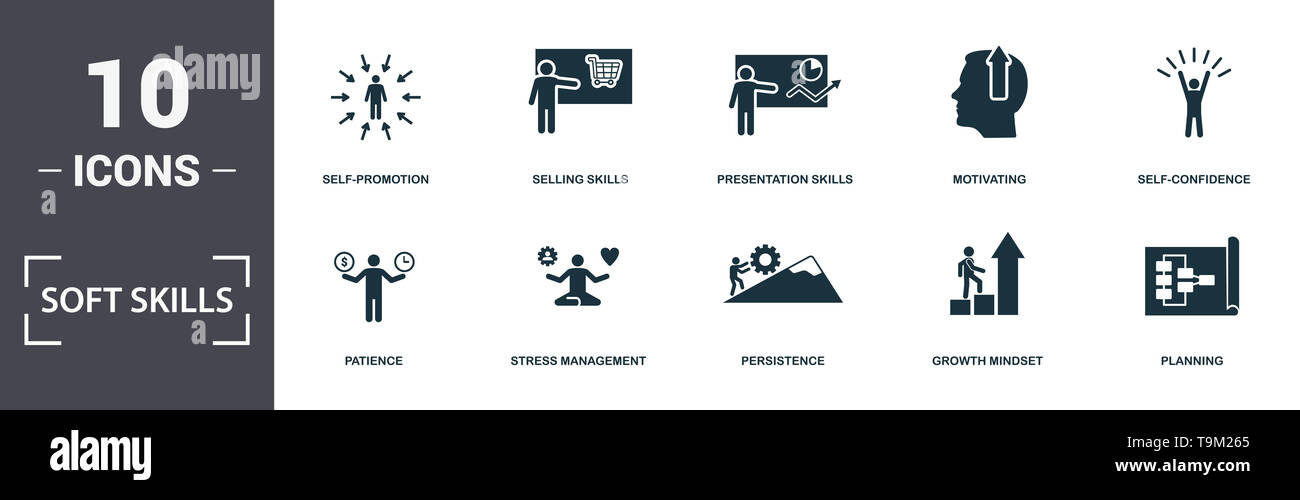
The process of career planning begins with a self-assessment. After this assessment is complete, it's time to explore career options. To find the most promising industries and sectors, it is important to do market research. After that, they need to set both short-term (and long-term) goals. They can choose to set short-term or long term goals. The path they choose should reflect these objectives. There are many things you should consider when planning.
Self-assessment
You can identify your strengths and interests by using a self assessment as part of your career planning. Many people land in a career that doesn't interest them, so it's important to know what your interests are before you pursue a new career path. Your strengths and weaknesses can be identified using the interest assessment questions. They can also help determine whether a career is right for you.

Information gathering
The job seeker gathers data that will aid them in their career decision making process. Federal government lists more than 31,000 career areas, and many students are unaware of most of them. They can narrow their choices by using a computer program such as MyPlan, pencil assessments, career publications, or other resources. They might also be able to get information through others.
Ranking of career options
Career planning is an ongoing process that involves analyzing your values, personality, technical abilities, work-life balance, geographic preferences, and personal interests. After you have created a list with potential career options, you will need to rank them according the pros and cons. This can lead to frustration and progress, but it is also critical to keep in mind that specific opportunities may vary widely within a career path. These are some of the most common mistakes that you should avoid.
Flexibility
Although organizations can be affected by external forces, they are often the first to establish broader norms or rules related to flexibility. Accepting change can help overcome anxiety and fears, as well as build a foundation for your success. These tips can help you to embrace change and build career flexibility. Flexibility is a great benefit that can have a positive impact on your personal and professional life. Then, discover how to harness the power that change can bring to your career goals.

Goals
It is possible to achieve success in your chosen field. You need to have clear goals in order to succeed. You should make your goal list complete and include training and occupational goals. Include any obstacles that may stand in your way of achieving your goals. These obstacles may be financial, educational, or vocational in nature. There may be personal or family obligations that can also cause barriers. You can create a timeline for each goal so that you know when it is possible to take action.